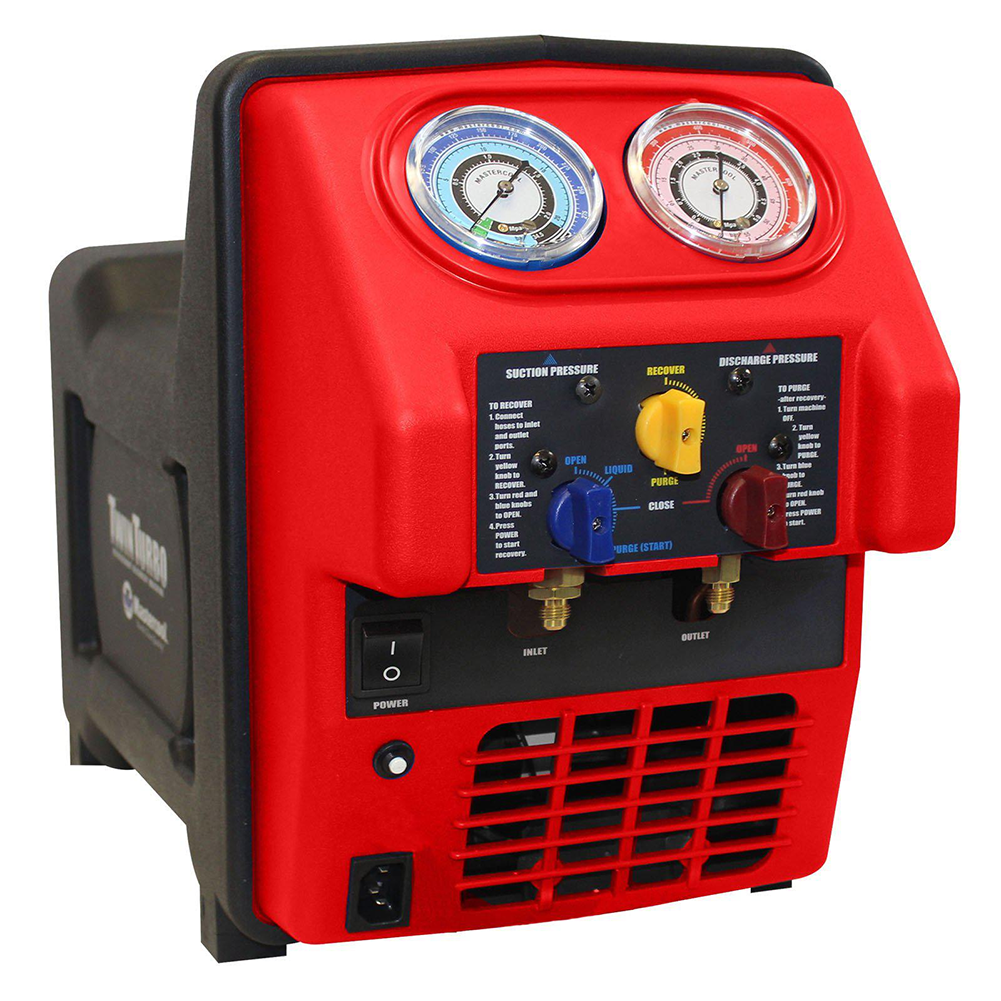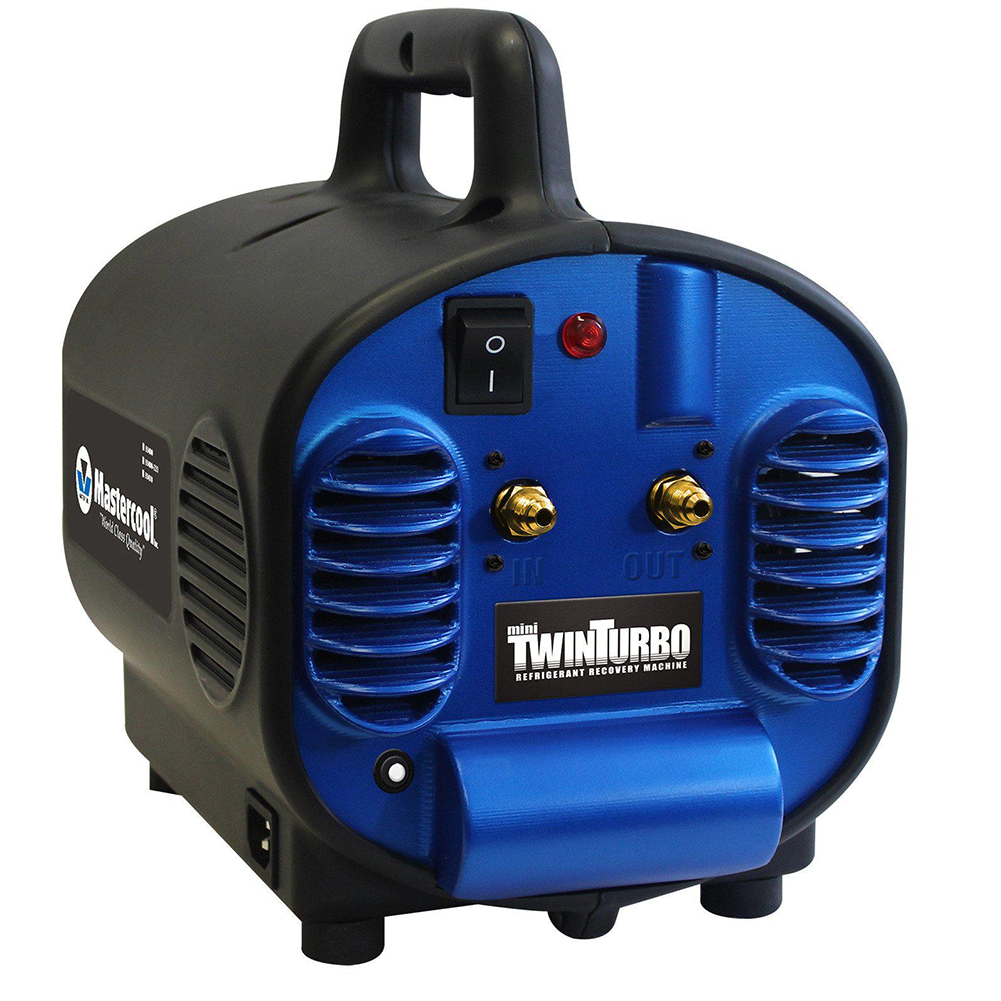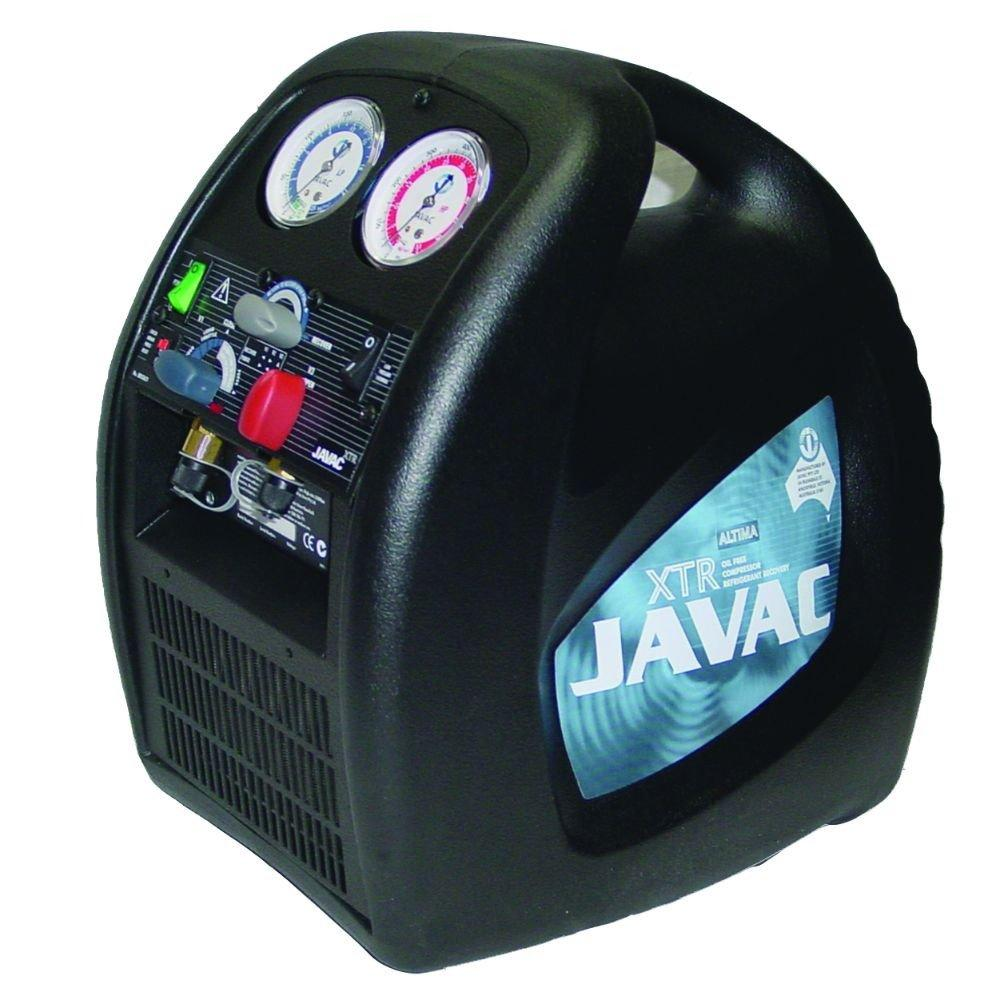
Refrigerant Recovery Unit: Your Essential HVAC Tool
Air conditioning professionals use a recovery unit HVAC to extract refrigerant from cooling systems such as refrigerators or air conditioners. For service technician maintenance and repairs, benefits may include impurity removal, recycling, and recharging.
As the name implies, refrigerant recovery machines recover the refrigerant from any cooling device, such as an air conditioner. As a result, such recovery unit HVAC are quite handy for service requirements.
Recovery Unit (HVAC) Buying Guide
It's not easy to find an excellent refrigerant recovery machine. Before making a final decision, you must examine several variables. You'll find our shopping guide quite useful because there are so many brands to choose from and so many factors to consider.
So, what should you think about while buying a refrigerant recovery machine? There are some things to consider, so have a look.
Portability
One of the most crucial things to look for when buying proper refrigerant recovery equipment is portability.
If you're going to be moving around with the machine, going from house to home, climbing on roofs, or reaching other high locations, you'll want to invest in a lightweight, easy-to-manage advanced recovery machine. Machines are becoming increasingly tiny as technology advances.
As a result, buying a lighter-weight rehabilitation machine will be beneficial while on the job.
Power Rating
You'll need a strong refrigerant recovery machine to utilize it efficiently with your other cooling devices. This rating is expressed in HP and includes 12 HP or 1 HP refrigerant recovery equipment.
Pressure Rating
Refrigerant recovery is usually made at high pressure. As a result, you'll require a refrigerant recovery machine with a proper pressure rating, such as 500 PSI or 550 PSI, with the greater number being ideal.
Recovery Speed
Because we're talking about recovery units, speed is equally important. It is a key concern quality. It uses dual-cylinders in the most efficient refrigerant recovery equipment. So, if you're seeking speed, dual-cylinder refrigerant machines are the way to go.
Another aspect that influences the speed of recovery method is what type of compressor the machine uses. There are two types of compressors on these machines: oil-less and hermetic.
There was once a discussion about who performs the best. However, you don't have to worry about it because, as of 2017, the vast majority of refrigerant recovery machines use an oil-free compressor, which provides higher recovery rates.
However, you should expect to pay more, and larger oil-free recovery machines can handle more than one refrigerant.
Cost
Due to the quality aspects and demands needed for the equipment to operate at maximum efficiency.
The high-grade equipment can recover numerous refrigerants simultaneously and in a short amount of time. As a result, they will be much more expensive.
However, if you go for a compact portable recovery machine, you will save money. However, remember that it's not intended for heavy-duty use. So, finding that sweet spot where your budget matches the desired productivity requires balancing your needs.
Warranty
Finally, there's the refrigerant recovery machines' warranty. If you purchase a recovery machine from a reputable manufacturer, they are likely to offer additional assurances in addition to the standard guarantee. It is a widespread adage that the longer the warranty period, the better.
There's also the matter of after-sale assistance to consider. Understanding that an expert will respond with a single call will offer peace of mind, especially if you plan to utilize the equipment for heavy-duty activities.
How to Recover Refrigerant Using Recovery Unit (HVAC)
Direct recovery and push/pull are the two most common ways. It would help if you always acquainted yourself with the device you're working with, but I've provided a simple graphic as well as a "step by step" guidance for newbie techs.
Direct Recovery
- 1. Begin by closing all valves (recovery cylinder, recovery machine, manifold, hoses.)
- 2. Connect the hoses according to the diagram.
- 3. TARE the refrigerant scale to ZERO.
- 4. Open hose valves, core removal tool valves, and service valves if applicable.
The instructions below will differ depending on the type of recovery machine you have.
- 5. Recover with the recovery machine.
- 6. For liquid recovery, open the high side of the manifold.
- 7. You must clear the air hoses. Retighten the line linked to the recovery tank after loosening and unseating it until the refrigerant is present.
- 8. On the recovery cylinder, fully open the vapour valve.
- 9. Start the recovery machine unit.
Most recovery machines should follow the instructions listed below.
- 10. To avoid liquid slugging, the manifold, high side valve may need to be changed to throttle refrigerant flow into the recovery machine.
- 11. When the liquid recovery is finished, completely open both the high and low side manifold valves.
- 12. Once the system reaches a vacuum, many recovery units will shut down.
- 13. PURGE THE RECOVERY MACHINE - this one can be tricky, so consult your instructions if you're not sure.
- 14. When all valves are closed, the recovery is complete!
Push/Pull Recovery
It's the fastest option if the system has 15 pounds or more refrigerant. The more refrigerant a system can retain, the more time it will save you. Tip: During push-pull recovery, use an inline sight glass to detect when the liquid flow has ceased visually.
1. Begin by closing all valves (recovery cylinder, recovery machine, manifold, hoses.)
2. Connect the hoses according to the diagram.
3. TARE the refrigerant scale to ZERO.
4. Recover with the recovery machine.
5. AIR HOSES MUST BE PURGED (this is done a little bit differently than direct recovery.)
a. Loosen and unseat the hose linked to the liquid port on the recovery tank till refrigerant is present, then retighten the liquid line service valve or core tool.
b. Loosen and unseat the hose attachment to the vapour port on the recovery tank until the refrigerant is present, then retighten the vapour line service valve or core tool.
6. Start the recuperation machine.
7. Shift to Direct Vapor Recovery once liquid recovery is complete.
Types of Recovery Unit (HVAC)
It is critical to select the correct size of refrigerant recovery equipment to reduce refrigerant leakage into the atmosphere. The right machine size will also provide the quickest possible recovery time. The three categories based on suitability are small appliance size, residential size, and commercial size.
Small Appliance-size Refrigerant Recovery Unit
Small air conditioning appliances include automobiles, RVs, and then portable air conditioning units in homes, mini-split systems, window air conditioners, and through-the-wall air conditioners. This type of recovery machine will successfully and effectively handle it. Small HVAC appliances with refrigerant recovery models typically have a power output of 0.1-0.2 hp.
Residential-size Refrigerant Recovery Unit Machines
The central air conditioning units that serve complete single-family dwellings are often recovered or recharged using residential-size refrigerant recovery equipment. 0.5 horsepower is normally required for such recovery types.
Commercial-size Refrigerant Recovery Unit Machines
Large systems can benefit from commercial-size refrigerant recovery devices. Enormous commercial air conditioning systems, often known as HVAC systems, can range from air conditioning units that power retail shops, stores, or restaurants to central air conditioning units that power large multi-home condo complexes and high-rises.
When to Recover Refrigerant?
The heat transfer procedure that enables air conditioners and heating systems to work relies heavily on refrigerants. Chlorofluorocarbons (CFCs), hydrochlorofluorocarbons (HCFCs), and hydrofluorocarbons are some of the most prevalent refrigerants (HFCs). In recent years, these refrigerants have been phased out by the Environmental Protection Agency (EPA) because they add to ozone layer depletion and raise the risk of global warming.
Under Section 608 of the Clean Air Act, technicians are likewise forbidden from intentionally or knowingly venting refrigerants that endanger the environment. Section 608 requires technicians to recover CFC, HCFC, and HFC-containing refrigerants rather than venting them.
Apart from the legislation, there are additional compelling reasons to recover refrigerants. It's good for the environment since it reduces the number of toxic refrigerants entering the system. As R-22 supplies dwindle, HVAC/R companies can sell the refrigerant they recover to reclamation companies, increasing their profits.
Recovery Unit (HVAC) from HVAC Shop
According to EPA guidelines, refrigerant recovery devices are utilized to remove refrigerants from cooling equipment. Technicians use these devices before repairing or maintaining air conditioners, freezers, or refrigerators. The refrigerant is collected in a tank and recycled or reused later.
Buy a recovery unit HVAC from HVAC Shop in Australia. We guarantee quality and durability in our products to ensure you get the most out of your money.





